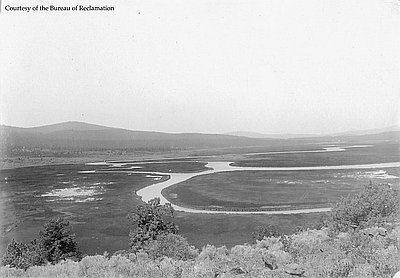Expansive Ranching
Much of the state’s development and population growth was concentrated along the railroad lines by the 1890s, but central and eastern Oregon were not unaffected. As the establishment of new county governments makes clear, thousands of people had settled east of the Cascade Mountains and were making a livelihood there despite transportation difficulties. Breeding and raising beef cattle began in Wasco County in the 1860s, reaching a peak in the 1880s in areas such as Klamath, Lake, and Harney counties.
While cattle ranching usually made extensive use of grazing on public lands, large private landholdings dominated the plateau south of the Columbia River. In the 1880s, vast fields of wheat spread across Sherman, Gilliam, and Morrow counties. The Union Pacific Railroad extended branches to Moro, Condon, and Heppner, each town a county seat with an imposing courthouse and each with grain elevators, hotels, implement dealers, and other appurtenances of a prosperous agricultural hub. With railroad connections, even these relatively tree-scarce towns were built chiefly of lumber from Oregon mills.
In the farther reaches of the state, large-scale cattle ranching marched into the basin of the Harney and Malheur lakes. Among these operations were an extension of California’s vast Miller & Lux holdings, the French-Glenn Livestock Company, and southern Oregon’s Hanley family operations near Klamath Lake and in Harney County. Wood was in short supply in Oregon’s southeastern quadrant, and no railroad penetrated the area to economically bring in finished lumber, so ranch buildings were commonly built of stone and adobe. The distinctive stone and wood structures of Whitehorse Ranch, a large cattle operation owned by Todhunter & Devine, are emblematic of ranching life near Steens Mountain in the late nineteenth century, but so is a rare and remarkable wooden structure, the round barn that Pete French erected near Diamond on the French-Glenn holdings.
In the Klamath Basin and in the areas surrounding Harney and Malheur lakes, ranchers altered the landscape to increase forage lands for their cattle. The eventual channelizing of the Donner und Blitzen and Silvies rivers and the draining of Lower Klamath Lake—raising issues affecting land and water use that reverberate into the twenty-first century—had their beginnings in the 1880s.
© Richard H. Engeman, 2005. Updated by OHP staff, 2014.
Sections
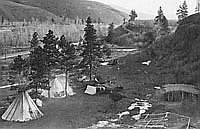
Native Ways and Explorers' Views before 1800
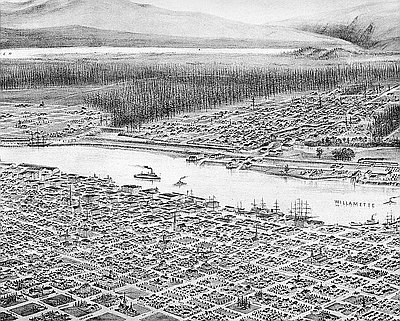
Euro-American Adaptation and Importation
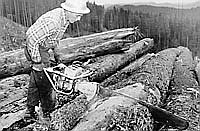
Sawn Lumber and Greek Temples, 1850-1870
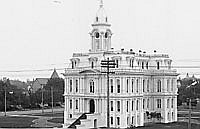
Architectural Fashions and Industrial Pragmatism, 1865-1900

Revival Styles and Highway Alignment, 1890-1940

International, Northwest, and Cryptic Styles
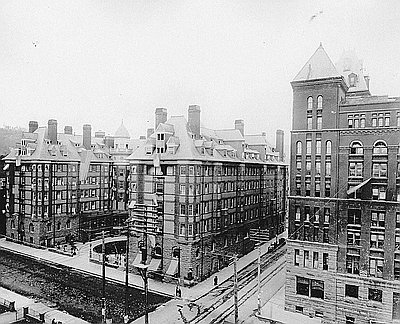
Glossary
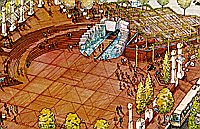
Built Environment Bibliography
Related Historical Records
Train Passing through The Needles, c. 1885
This photograph, taken about 1885, shows a freight train of the Oregon Railway & Navigation Company along the south shore of the Columbia River several miles east of …
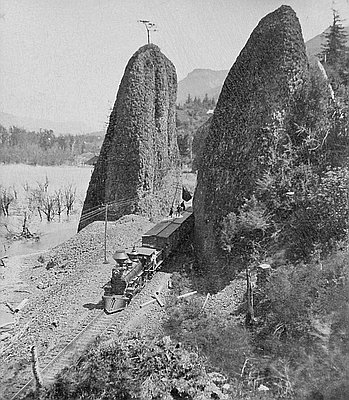
Lower Klamath Marshes
The Klamath Basin National Wildlife Refuge complex includes the Upper Klamath, Klamath Marsh, and Bear Valley Refuges in Oregon and the Lower Klamath, Tule Lake, and Clear Lake …
